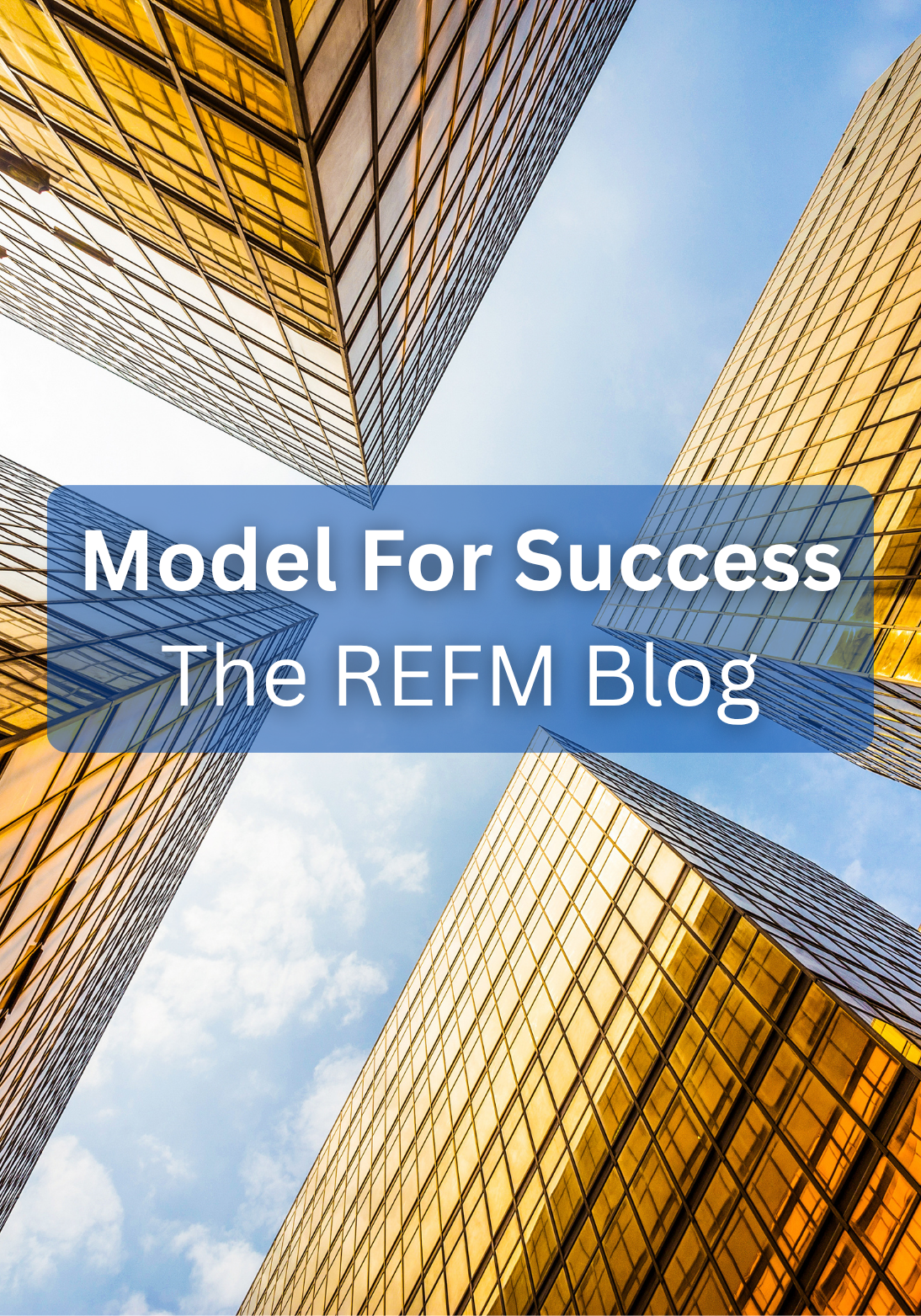|
Listen to this post if you prefer
|
While there are exceptions, a forward NOI is typically used to value income-producing commercial real estate properties. Wharton Emeritus Professor Peter Linneman explains.
BRUCE KIRSCH: What we learn in the book with respect to valuing an asset at sale is that the convention typically is to use this adjusted NOI number from a forward year, assuming that the building, the properties, in fact stabilize and growing at a relatively constant rate. Does this ever change in some market conditions or for certain property types where buildings are not valued off of forward earnings?
DR. PETER LINNEMAN: Generally people are valuing it off of forward. And the only thing is that there is usually a pretty good relationship between past 12 months and future 12 months.
Now that is to say, in normal conditions if I know the past 12 months it will look something like the next 12 months. But when situations are not normal– you’re in a recovering market. You’re in a declining market. You’re in a situation where lots of your leases are expiring. You’re in a situation where none of your leases are expiring. You’re in a situation where there’s a big rent bump. When it’s not normal, then it can be very different.
And that’s why people generally do it off of forward and really think through. Because I don’t own the past. You think of closing a building at the end of the year. Well, yeah, you tell me you made a million dollars. Well, that was a million dollars I don’t get. I get next year’s income, which is either going to be higher or lower than a million dollars depending on all those factors that we were just talking about.
So people say, I want to know what the cash stream is not in its history but when I own it. And I have to then try to analyze it. Now normally you look at leases and you do all that analysis particularly on properties like apartment buildings and hotels.
Your starting place is usually, what have you done in the last year? Or the last 18 months? Or 24 months? Because the leases are so short and you’re trying to get a sense of, let’s start with what you’ve done. Because I can’t read leases.
When I get to an office building, a shopping center, or a warehouse, a medical building, and so forth, then I really need to always look forward to the specifics of the leases in place. The cost structure in place, et cetera.

